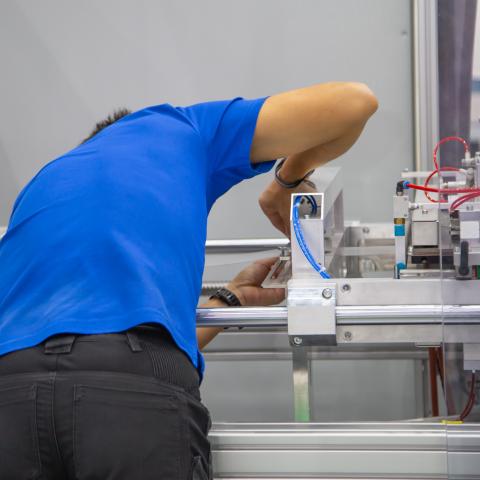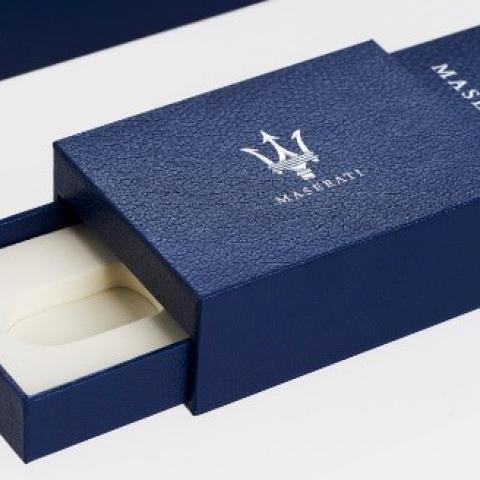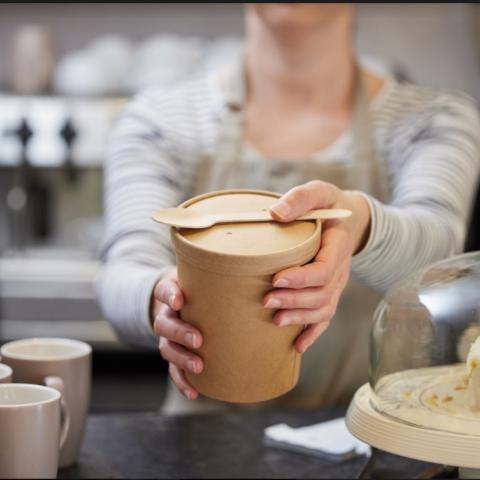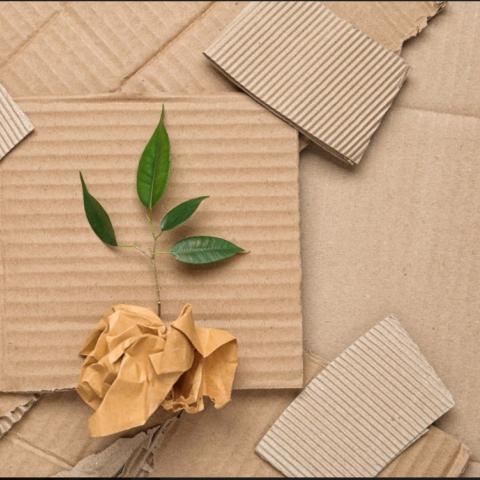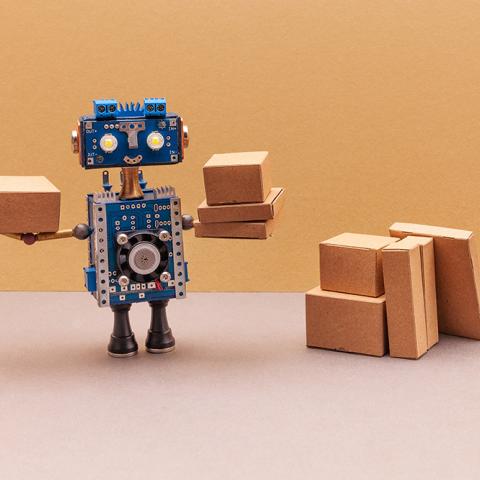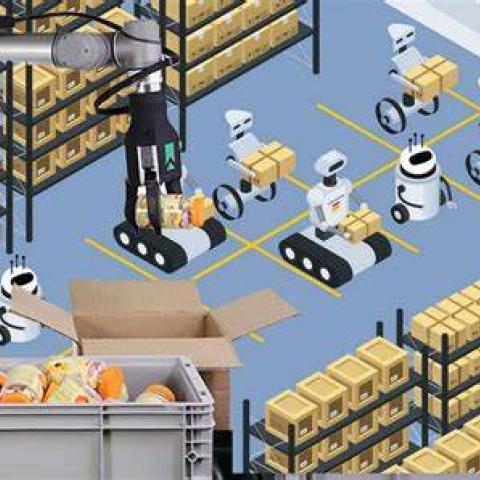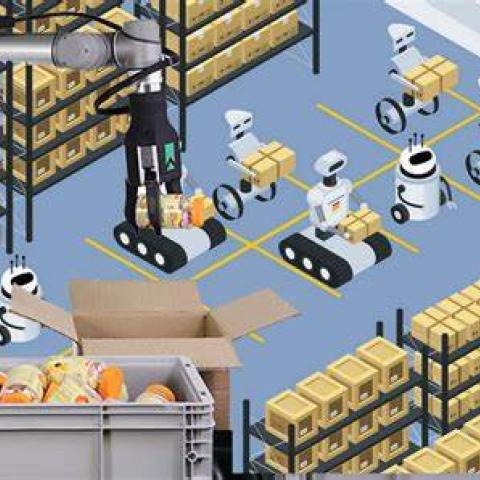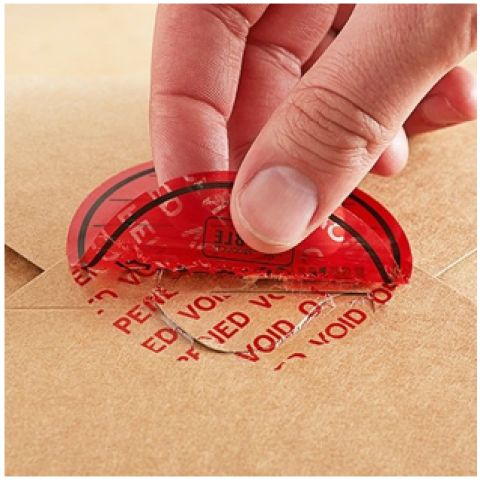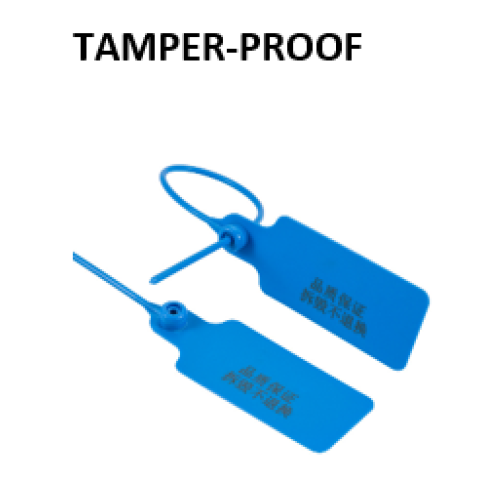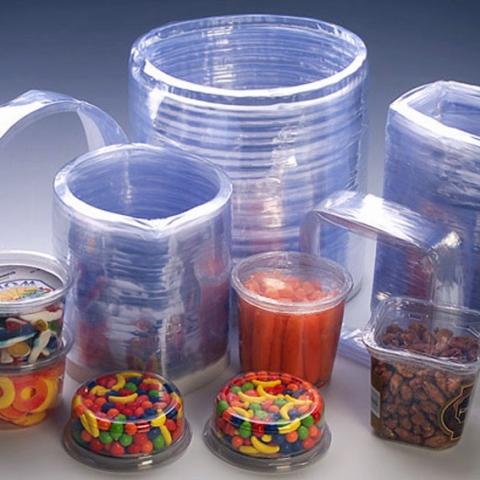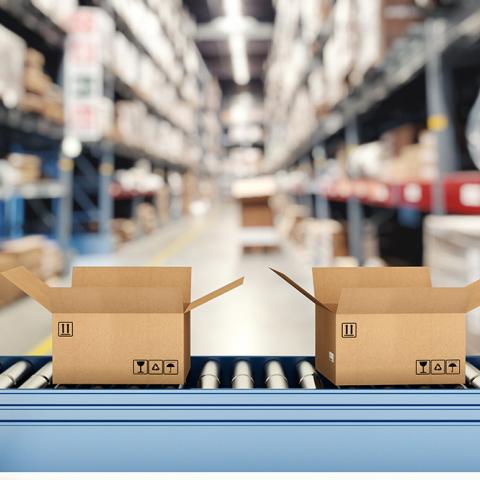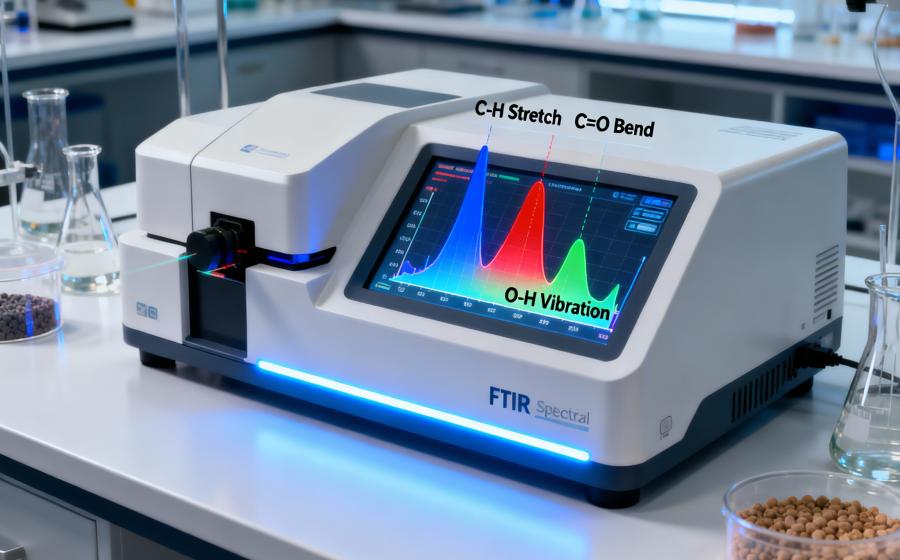
FTIR: The Unsung Hero Behind Better Polymers
Every polymer product, from food-grade packaging to automotive interiors, depends on chemistry that works flawlessly. But how do we actually see what is happening inside those long polymer chains or complex additive blends? The answer, for decades now, has been Fourier Transform Infrared Spectroscopy, or FTIR.
It is not flashy, but FTIR quietly transformed the way we understand, control, and trust materials.
From Slow Scans to Instant Insight
In the early days of infrared spectroscopy, scientists had to scan one wavelength of light at a time, a painstaking process that made analyzing complex materials almost impossible. Then, in the late 20th century, engineers introduced a new idea: measure all wavelengths simultaneously and let mathematics do the heavy lifting.
That is how Fourier Transform Infrared Spectroscopy was born. Instead of relying on mechanical scanning, FTIR uses an interferometer to capture a complete interference pattern in a single shot. A computer then performs a Fourier Transform, converting that raw data into a crisp, detailed spectrum that acts like a chemical fingerprint.
The result was transformative. What once took hours now takes seconds, and what once required expert judgment can now be verified instantly.
(Griffiths & de Haseth, 2007; Stuart, 2004)
What FTIR Actually Shows
Every molecule interacts with infrared light in its own unique way. Bonds vibrate, absorb energy, and leave behind distinct patterns of peaks and valleys. FTIR captures these patterns, revealing exactly what is inside a material, from polymer backbones to subtle additive signatures.
With the help of accessories such as attenuated total reflectance (ATR), FTIR can even read solid plastics directly, without solvents or sample preparation. This ease of use is why FTIR has become the standard method for checking polymer quality in laboratories around the world.
(Smith, 2011; ASTM E1252–98, 2013)
Why the Polymer Industry Relies on FTIR
FTIR plays a role at nearly every stage of the polymer lifecycle, from formulation to failure analysis.
- Identifying Unknown Materials
When a sample arrives unlabeled or contaminated, FTIR can identify the polymer type in minutes. Whether it is polyethylene, PET, or nylon, the spectral fingerprint provides immediate insight into the material composition.
(Mayo, 2003) - Verifying Additives and Blends
Additives such as UV stabilizers, flame retardants, and plasticizers determine how a polymer performs. FTIR helps confirm that the right ingredients are present and detects any impurities that might affect performance.
(Hummel, 2001) - Tracking Degradation
Over time, polymers age and break down. FTIR reveals early signs of oxidation or chain scission long before visible changes appear, helping manufacturers predict lifespan and improve formulations.
(Socrates, 2001) - Quality Control During Production
Many FTIR systems are now integrated directly into production lines. Real-time spectral data alerts operators to composition shifts, ensuring consistency batch after batch.
(Hummel & Scholl, 1992) - Failure and Contamination Analysis
When a product cracks, discolors, or delaminates, FTIR often provides the missing piece of the puzzle, identifying chemical incompatibility, residue, or contamination from recycled feedstock.
(Griffiths & de Haseth, 2007)
The Hidden Impact: Raising the Bar for Quality
What FTIR really changed is confidence. Before its widespread use, polymer quality checks relied mostly on mechanical testing and visual inspection. Now, manufacturers can chemically verify every stage of production.
This precision has enabled:
- Tighter process control, reducing scrap and rework.
- Higher transparency in recycled polymer supply chains.
- Faster product development, with instant feedback during R&D.
FTIR has also been essential in the development of sustainable materials. It helps confirm the purity and performance of recycled or bio-based polymers, ensuring they meet the same standards as virgin plastics.
(Menczel & Prime, 2009; Coates, 2000)
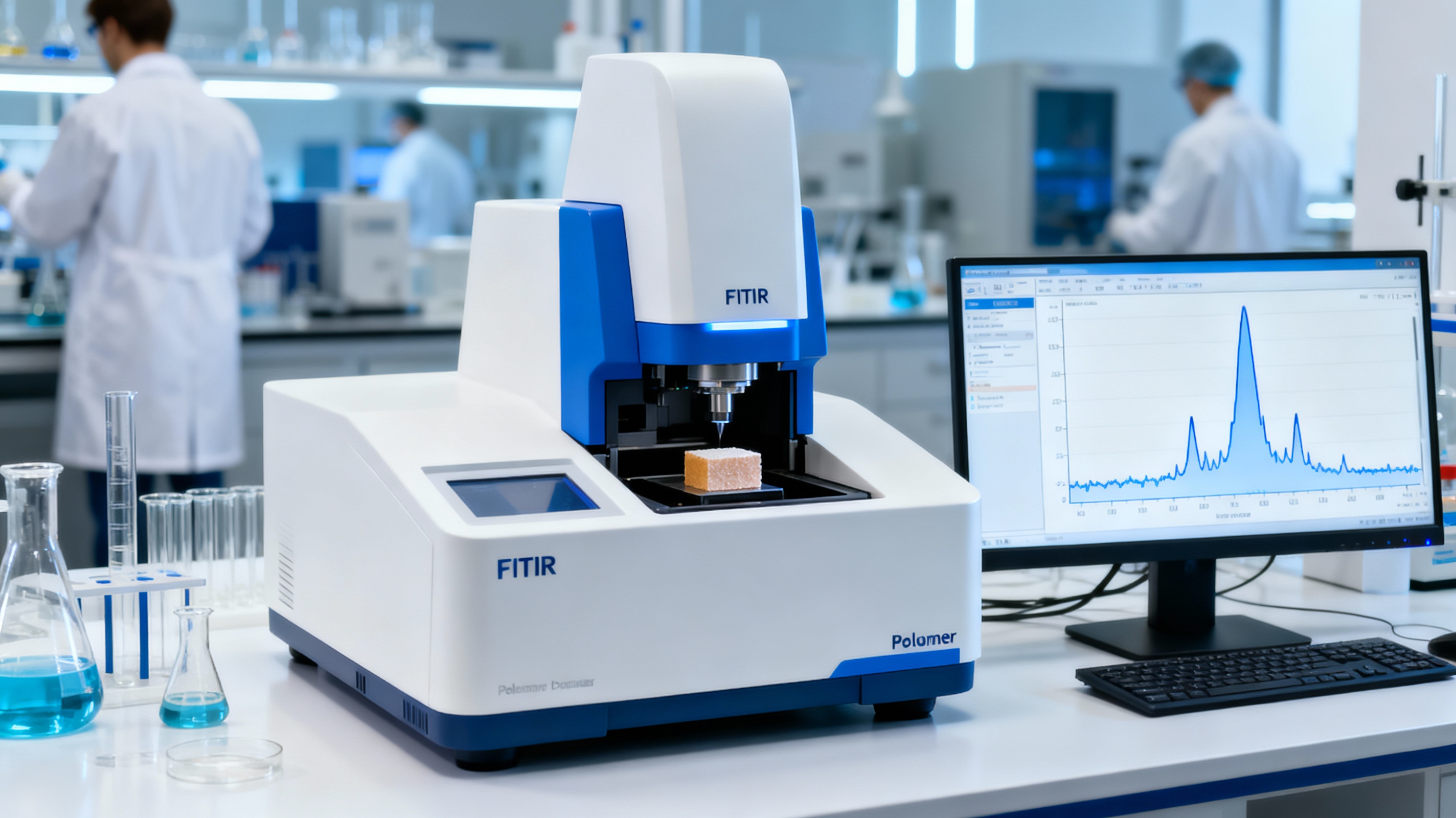
What Comes Next for FTIR
FTIR technology continues to evolve. Portable, handheld devices now bring lab-grade analysis to warehouses, recycling plants, and even field inspections. AI-powered spectral databases are automating identification and quantification, making FTIR faster and more accessible than ever.
As polymer blends become more advanced, with bioplastics, recyclates, and nanocomposites, FTIR’s ability to reveal subtle molecular details will only become more critical.
In the end, FTIR is more than just an instrument. It is the lens through which the polymer industry learned to see chemistry clearly.
References
- ASTM E1252–98 (2013). Standard Practice for General Techniques for Obtaining Infrared Spectra for Qualitative Analysis. ASTM International.
- Coates, J. (2000). Interpretation of Infrared Spectra, A Practical Approach. In R. A. Meyers (Ed.), Encyclopedia of Analytical Chemistry. Wiley.
- Griffiths, P. R., & de Haseth, J. A. (2007). Fourier Transform Infrared Spectrometry (2nd ed.). John Wiley & Sons.
- Hummel, D. O. (2001). Atlas of Polymer and Plastics Analysis. Hanser.
- Hummel, D. O., & Scholl, F. (1992). FTIR Spectroscopy in Polymer Characterization. Springer.
- Mayo, D. W. (2003). Course Notes on the Interpretation of Infrared and Raman Spectra. Wiley.
- Menczel, J. D., & Prime, R. B. (2009). Thermal Analysis of Polymers: Fundamentals and Applications. Wiley.
- Smith, A. L. (2011). Applied Infrared Spectroscopy. Wiley.
- Socrates, G. (2001). Infrared and Raman Characteristic Group Frequencies: Tables and Charts (3rd ed.). Wiley.
- Stuart, B. (2004). Infrared Spectroscopy: Fundamentals and Applications. Wiley.




